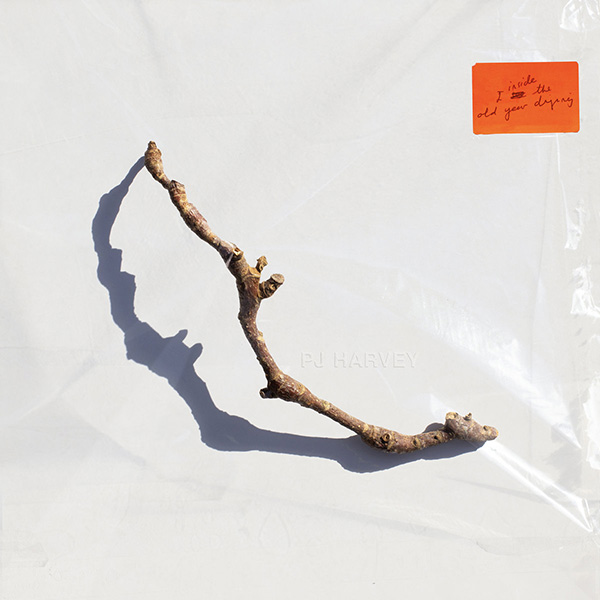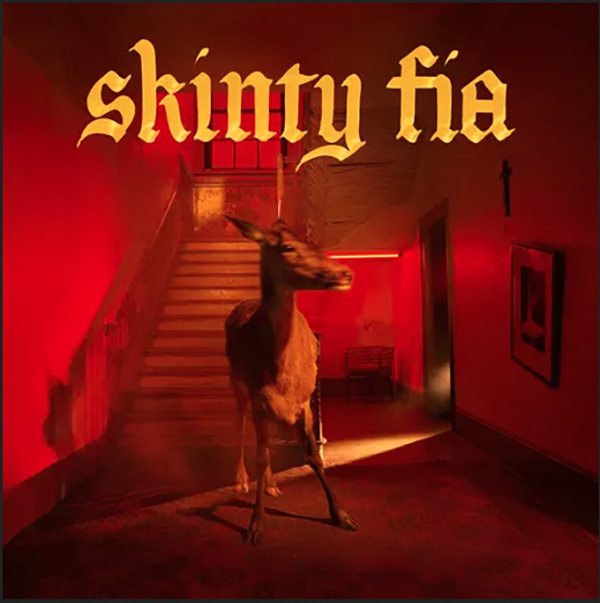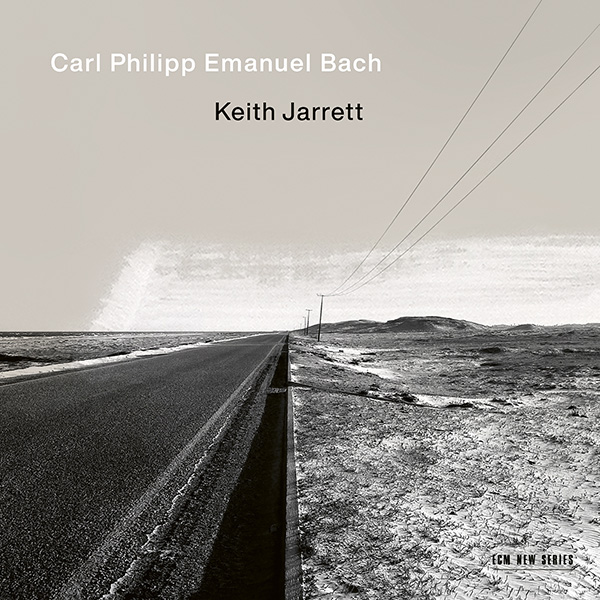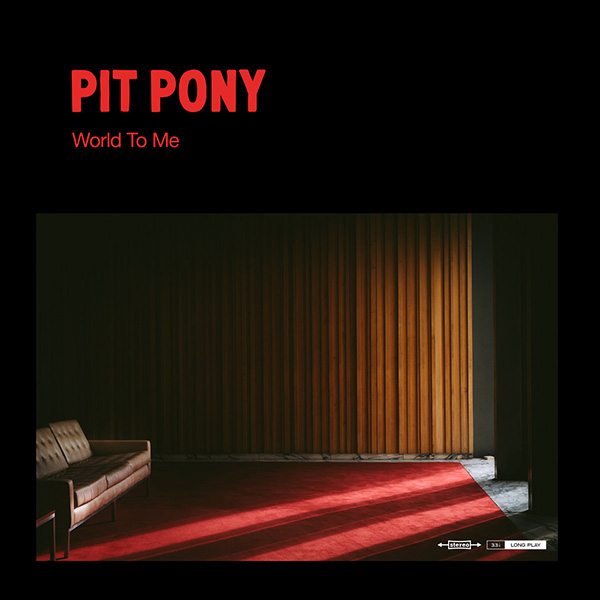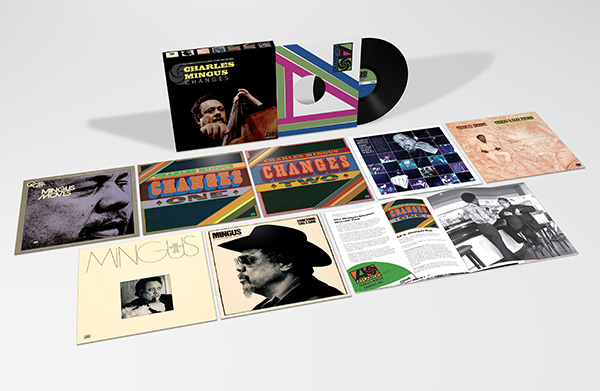Lenbrook Acquires MQA
Lenbrook Corp, the privately owned Canadian enterprise whose holdings include NAD electronics, PSB speakers, and Bluesound (the maker of the BluOS music operating software system) has acquired the assets of MQA, Ltd, including MQA technology and the SCL6. The press release announcing the acquisition, which went public September 19 at 8am EDT, notes that the deal "further solidifies Lenbrook's commitment to excellence and innovation in the evolving landscape of audio technology."




